The most frequently asked questions about building a laneway house in Toronto
If you want to learn more about the Toronto laneway housing bylaws, rules, requirements, or costs involved – you’re in the right place! We answer the most common laneway housing FAQ’s by Toronto homeowners.
The lack of new housing in Toronto has been an issue for years because of the finite amount of real estate available in the city. That’s one of the reasons why the City of Toronto agreed on a solution allowing the construction of more secondary suites, like laneway housing (aka laneway suites).
General Toronto Laneway House Zoning Bylaws
Table of contents
- What is a laneway house?
- Are laneway houses legal in Toronto?
- How much does is cost to build a laneway house in Toronto?
- Can I still build a laneway house even if I don’t live on a laneway?
- How long does it take to design & build a laneway house?
- Can I make a full height basement in my laneway house?
- Will there be any disturbance to my neighbours during the building process?
- How do I get services to the laneway house?
- What are the zoning requirements for a laneway house?
- What’s the largest size I can design a laneway house?
- How tall can I build my laneway house?
- Can I build more than one unit in the same laneway house?
What is a laneway house?
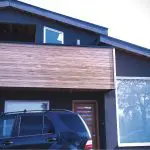
A laneway house is also referred to as a "laneway suite", is at the rear of a lot that abuts a public laneway. It's a new cost effective option for property owners looking at other options to a home addition build. The laneway house is detached from the primary property and can be used as extra space for the property owner or as a rental unit.
Are laneway houses legal in Toronto?
In June 2018, the Toronto city council passed a series of plans and By-law amendments permitting laneway suites within certain zones in the city. These amendments create as-of-right guidelines that allow laneway suites to be built under certain circumstances without requiring variances. In turn, saving property owners both time and money. Over the summer of 2019, the geographic area that the by-law covers was extended beyond East York to cover the entire City of Toronto.
How much does is cost to build a laneway house in Toronto?
Laneway housing costs in Toronto vary depending on a range of factors with each house and property being unique. Below is a list on some laneway housing costs, keeping in mind these are starting prices.
• Surveyor - $2,000 +
• Architectural Drawings - $12,500 +
• Engineering - $7,500 +
• HVAC Design - $1,500 +
• Building Permits
• Development Charges - $40,000
• Zoning Certificate
• Build - $200/ sq. ft. +
• Landscaping $5,000 +
• Services - $10,000 +
Since the development charges alone are over 40k, the city has a deferral program on place to support rental housing. Sometimes going to the Committee of Adjustment may be required with variance applications to get a Toronto building permit.
Can I still build a laneway house even if I don't live on a laneway?
No, at this time you cannot build a laneway house if your lot does not abut a lane by a minimum of 3.5m. But don't get discouraged yet, there is still hope, the solution is coach housing.
Coach housing is very similar to laneway housing, but you don't have a lane. They are not legal yet in Toronto, but in other areas of Canada like Ottawa they are. As a result, in the future the city may allow coach houses, more laneway housing is in Toronto starts popping up.
How long does it take to design & build a laneway house?
The whole design, building permit and build can take on average about a year a for turn key laneway house. Many factors can affect the timeline, but here a breakdown of the main portions with time frames.
• Drawings (4-6 weeks)
• Building Permits (2-4 weeks)
• Committee of Adjustment (3-6 months)
• Construction (4-7 months)
Can I make a full height basement in my laneway house?
Yes, you can make a full height basement, but it is to be used for storage housing the mechanicals. That doesn't mean you still can't finish it and make it look nice. You just won't be allowed to use it as living space, like making it a bedroom or adding a kitchen or bathroom.
Will there be any disturbance to my neighbours during the building process?
Yes, there will be disturbances to neighbours during the construction process. This may include at times excessive noise and temporary blockages of the laneway. It's mostly during the foundation and excavation stage where there may be minor temporary blockages to the lane.
The hours of work permitted for construction in the city are as follows:
• Monday - Friday: 7:00am - 7:00pm
• Saturdays: 9:00am - 7:00pm
• Sundays and Statutory Holidays: Not allowed
Because of the tight space and accessing most cases there is no other way. However, we are always aware of others and do our best to make sure everyone on site is mindful.
How do I get services to the laneway house?
Getting the services to laneway homes can be tricky as most laneways themselves don't have the infrastructure. These include water, drains, gas, and hydro, which tie into either the main house or directly to the street. Running the services underground to the street in established neighbourhoods can become costly and why it's rarely done.
What are the zoning requirements for a laneway house?
• Your lot must share at least 3.5m with the laneway on the rear or side property lines to be eligible.
• 1 laneway suite per lot.
• Minimum setbacks apply to all parts of the building, above-ground and below-ground, minus footings.
• A minimum of 1.5m rear and side yard setback is required if abutting a lane or street.
• For a side yard the laneway house is permitted to have the same setback as the main house. If a side or rear yard do not abut a street or lane and have no openings such as doors and windows the setback can be 0m.
• One storey laneway suites must be separated by a distance of at least 5m from the main house for a one storey
• Two storey suites are required to have a distance of 7.5m to the primary dwelling.
What's the largest size I can design a laneway house?
If your lot is big enough in, the largest suite you could possibly design & build is two storeys tall (6m), 10m long, and 8m wide. If you're more familiar with imperial, that equates to a footprint of 33' long by 26' wide. That's a grand total of just over 1700 sq. ft.
How tall can I build my laneway house?
Since no parking spaces are required for the primary house, laneway housing also does not require any parking spaces. It does however require two bicycle parking spaces within the laneway house itself or within the setback. Most homeowners decide to put a garage on the first level and have the second floor as the rental unit.
Can I build more than one unit in the same laneway house?
No, you're not allowed more than one unit in a laneway house, but may change in the future. Instead, you can still create other secondary suites in your main house, like making a legal basement apartment.
Related Article: Toronto Laneway House FAQs
Related Page: Toronto Laneway House Design & Build Contractor

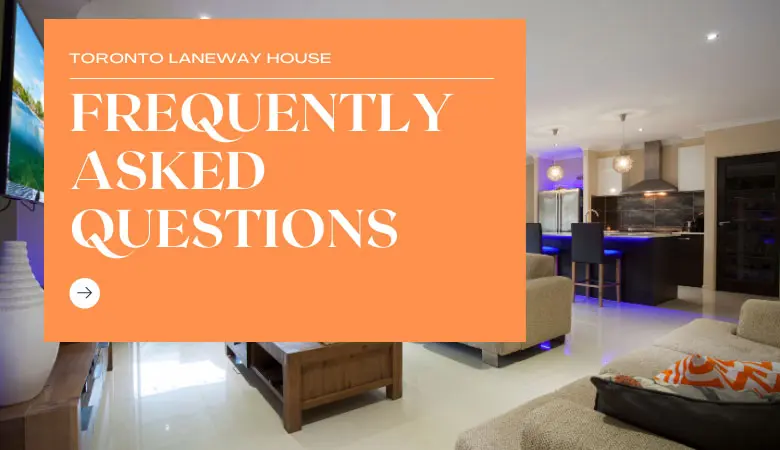
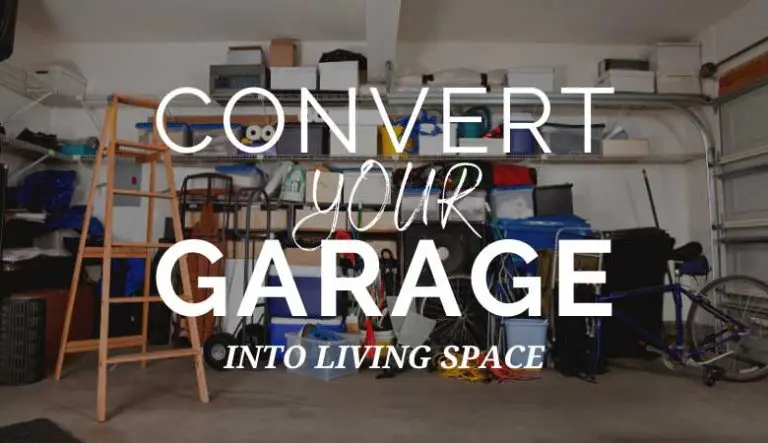
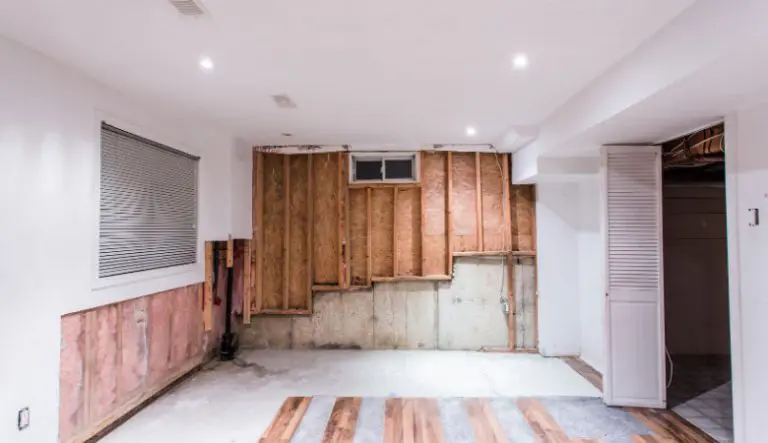

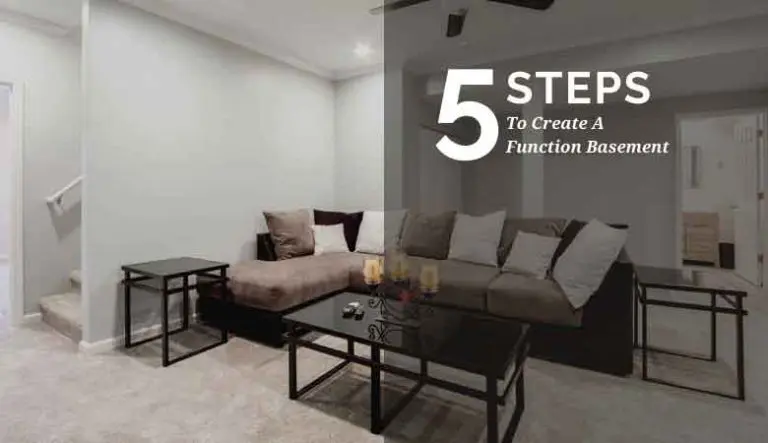
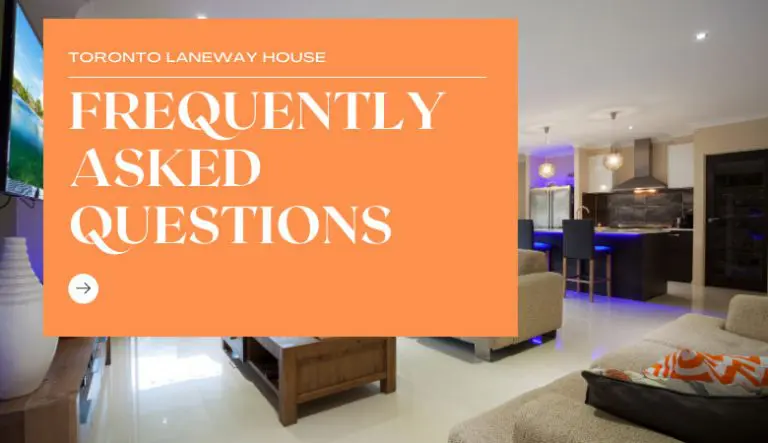
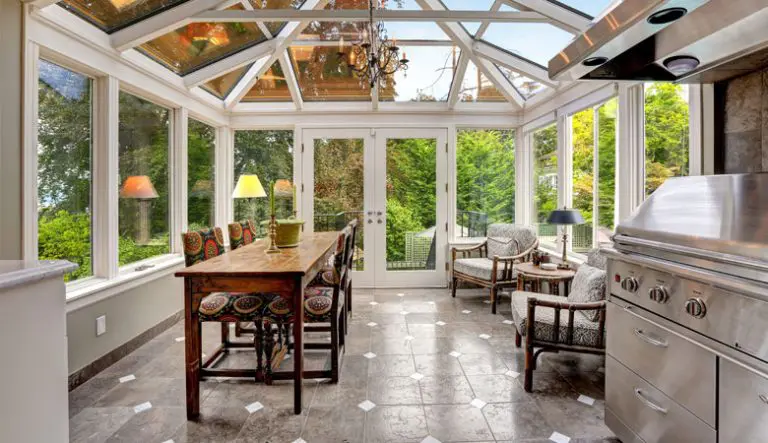
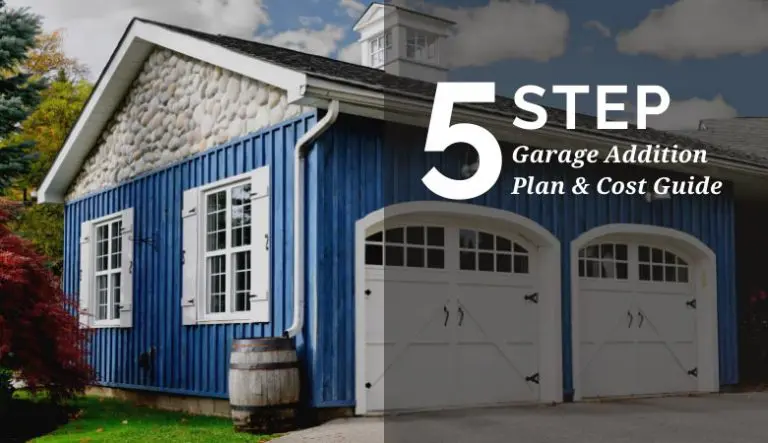
27 thoughts on “Toronto Laneway House Frequently Asked Questions”
Can I build a laneway house in my area in North york according to zoning regulation?(M2H 2M4)
@Philip Jung – Thanks for your question!
North York is definitely within the City of Toronto’s designated laneway housing area, however not all properties are eligible.
We’d be happy to provide you with a complimentary feasibility report to help establish the type and size of laneway house you may be able to build. If that interests you, please email us at [email protected]
Is it possible to build laneway housing on top of a garage or carport? I have a 2 car parking pad in the rear of my house which is zoned for laneway housing and I don’t want to lose the parking.
Great question, Darren! For many home owners, this is definitely a possibility. You may choose to build your laneway house on top of a garage or carport. Depending on the existing garage foundation, it may need to be demolished and rebuilt to properly support the second storey laneway suite. Feel free to contact us by email or phone for more information or to get started on some preliminary drawings.
Can I build a laneway house in Markham according to zoning regulation ?
Hi Xiao, thanks for your question. In Markham there are no as-of-right by-laws that allow for laneway housing, however there are areas like Cornell featuring coach houses with laneway access. If you have an existing garage, you may be able to build a single family dwelling to use for rental purposes or personal use. In order to be certain whether or not you can build a coach house on your property, we suggest going through the zoning process. If you have any more questions, we’re here to help!
Have you built a 20×20 laneway house with a basement? What was the total cost, including all the architectural fees and city payments etc?
Hey there, Rich! Sorry, can’t say we have. A customer once made a request in the early design stages to include a finished legal basement apartment. While a finished basement with power is possible for something like a couch and tv or gym equipment, a bedroom is not. An additional downside to having a basement is the foundation can’t be up to the lot line because enough space must be given to remove the forms required to pour the footings. This ultimately reduces the width of the entire laneway house. After that, the customer moved on from the idea.
Based on this year, the average starting price to build a laneway house in Toronto, including drawings for an 800 square foot home is approximately $400K and up. Additional charges may apply depending on the individual property, main house and obstacles like: tree removal, service tie-ins and hydro service upgrades. Other things like the laneway house finish selections will play into the overall cost.
If you need any help with your laneway build, don’t hesitate to reach out to us via email or phone 24/7!
Can you build a laneway home on a Private lane. Where you own the right of way of the lane behind your home ?
What is the difference between ‘laneway house’ and just adding on an extra floor on to an existing garage?
Hi Sun-Kyung,
A garage can only be 13 feet tall. If you add an extra floor onto the garage, you would be converting it into either a laneway suite or garden suite.
The difference between a laneway suite and garden suite is the location of the structure. The requirements and limitations are different for both.
We’d be happy to assist you further. For more information, please feel free to contact us directly by phone or email.
How wide does the lane need to be and how far away grok my neighbours property line must the house be? Can my neighbours deny the build?
Hi Alice, those are some great questions! Check out the answers below.
How wide does the laneway need to be?
Toronto laneways are typically 9 feet in minimum width, but the bigger the laneway, the better for construction. A larger laneway is helpful for trades and suppliers to maneuver vehicles, equipment and materials around the job site.
How far from my neighbours property line must the laneway house be?
You can build your laneway house right up to the adjoining neighbours’ property line.
Can my neighbours deny the laneway house build?
No. Your neighbours cannot deny the build if you fall within the laneway suite as-of-right zoning bylaws.
Feel free to contact us with any more questions by phone or email. Our account managers can walk you through the process and help you get started on building your laneway house.
Is there a minimum lot width for a laneway house?
Hi Emily 🙂
The minimum lot width for a laneway house is 3.5m abutting a laneway.
That’s approximately 11 feet.
Hello, i would like to build a laneway home but I don’t own a home. Is it possible to buy property that can be used to build a laneway home?
Hi – I am considering building a laneway unit for my own personal use, not as a rental. Do the City of Toronto development charges still apply in that case, if the occupancy of the property is not changing? Thanks!
I have a shared (narrow) driveway with a neighbour, who wants to build a house in the back (there is no lane). Only access will be through this driveway, very close to our house, windows etc. How would that work, and what are their responsibilities to us?
Greetings, Jacky!
It’s hard to give advice without seeing the property, but typically in Toronto your neighbour’s property must qualify based on municipal bylaws. Since the property doesn’t back onto a laneway, they would be building the newly legalized garden suites. Outside of following the bylaws and building codes, they would be responsible to repair any damage done to your property over the course of the project. A typical 1-2 storey laneway house or garden suite can take anywhere from 6-10 months. You can expect to hear workers and equipment being operated early in the morning and into the late afternoon throughout different stages of the build. Your neighbour may also need access to your property for equipment, like scaffolding. It’s always recommended to be as cooperative as possible with your neighbours while having an open line of communication to ensure the best experience possible. For more information, check out everything you need to know about garden suites for more on restrictions and bylaw requirements.
Can you convert a garage into a livable unit in Toronto?
No addition or extension
, just converting a 12×20 to have kitchen/living quarters on ground and bedroom loft above.
Great question, Afzal. Yes, as long as the existing structure meets the requirements, you can convert a garage into a livable unit in Toronto. Just so you’re aware, there are a few other places you may find unexpected costs. For example, if plumbing and electrical don’t exist in the existing garage, they will need to be tied into the main house. Typically this is done by breaking open the slab where you need to run your drains. Aside from the drains and water lines, there’s also the electrical and gas connections that need to run in a trench to the main house. Hope that helps answer your question. If not, feel free to write back or contact us directly!